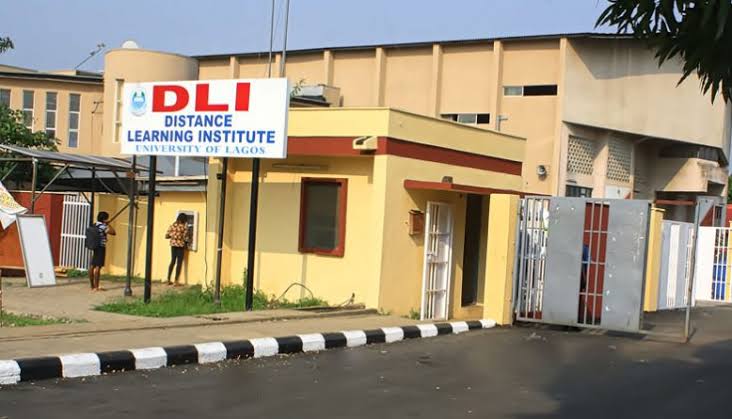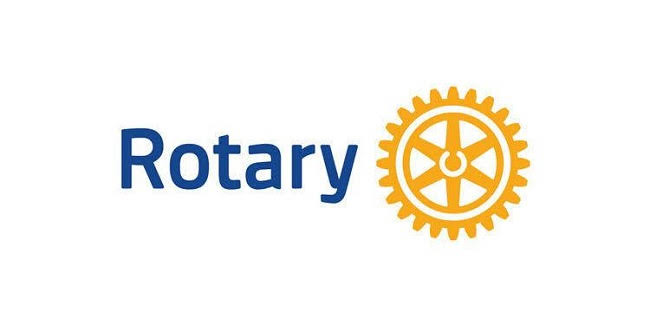Proficient math students understand quantities and their relationships in problem situations. They possess two key abilities: the capacity to decontextualize by abstracting a situation and manipulating symbols independently of their real-world referents, and the ability to contextualize by pausing during manipulation to consider the referents for the symbols involved. Quantitative reasoning involves creating a coherent representation of the problem, considering units, focusing on the meaning of quantities, utilizing various properties of operations and objects, and flexibly applying this knowledge.
The importance of metacognitive thinking in mathematics education cannot be overstated. Successful math students are not only adept at solving problems but also proficient in explaining the context of each problem, articulating their solution strategies, justifying the validity of their approach, and verifying the correctness of their answers.
Teachers who are fostering students’ ability to “reason abstractly and quantitatively” help them grasp the connections between problem scenarios and mathematical representation, as well as how symbols represent solution strategies. For example, a teacher might prompt students to consider what each number in a fraction signifies as parts of a whole, while another teacher might encourage students to evaluate various operational strategies for a patterning problem to determine the most efficient and accurate approach to finding a solution.
At the foundational level, students begin by understanding that numbers represent quantities and learn to connect them with written symbols. This early stage lays the groundwork for quantitative reasoning, a skill that is progressively honed as students advance through their mathematical education.
As students progress, they deepen their understanding of numbers, recognizing them as specific quantities and establishing connections with symbolic representations. They engage in quantitative reasoning by representing and understanding mathematical problems in various contexts.
Further advancement sees students creating logical representations of problems, considering appropriate units, and comprehending the meanings of quantities. They extend their problem-solving abilities to encompass whole numbers, fractions, and decimals, utilizing place value concepts to construct logical representations.
Transitioning to more complex problem-solving, students begin to apply mathematical concepts to real-world scenarios. They represent situations using numbers and variables in mathematical expressions, equations, and inequalities, gaining a deeper understanding of the significance of numbers and variables in problem-solving.
Throughout their mathematical journey, students continually refine their metacognitive skills, learning to contextualize problems, decontextualize information, and analyze patterns in data. They become adept at abstracting situations symbolically, manipulating representations, and applying quantitative reasoning to interpret quantities and relationships in problem situations.
In summary, the progression of metacognitive skills in mathematics education is fundamental to fostering deep understanding and proficiency in mathematical concepts. By encouraging students to reason abstractly and quantitatively, educators empower them to tackle mathematical challenges with confidence and precision, preparing them for success in both academic and real-world contexts.
Process to reason abstractly
-
-
- Clarify the context of the problem.
- Explain how each number or symbol relates to the problem.
- Translate the situation in the problem into an equation.
- Sequence order of operations to solve the problem.
-
Process to reason quantitatively
-
-
- Clarify context of the problem.
- Identify quantities within the problem.
- Sequence order of operations.
- Use quantities and sequence to solve the problem.
-
In OCTOSPICE 3 article tomorrow, I’ll talk about how to reason abstractly and quantitatively. You don’t want to miss it.











